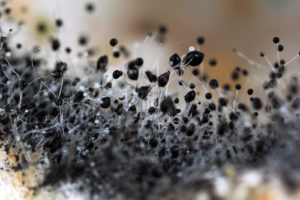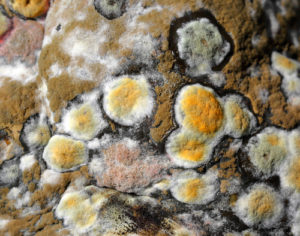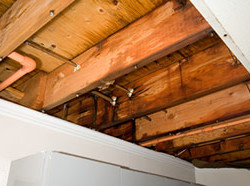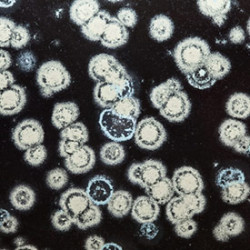What Mold Needs to Grow – Moisture, Oxygen, Food Source

Know the Conditions For Mold Growth so You Can Prevent It
As a type of fungus, mold spores need water, air, and some form of food in order to grow and spread. Suspect mold at your home or office? Know the conditions for mold growth, and you will be better prepared to choose a NYC mold remediation technique that wipes them out and prevents future mold growth.
Mold and Moisture
Water can be called the source of life. Unfortunately, that holds true for mold. Leaks and floods often cause mold infestations, but it only takes a tiny bit of water to feed a mold colony.
Red flags for the moisture needed for mold growth include:
- Plumbing leaks
- Moisture around sinks and bathrooms
- Roof leaks
- Condensation
- Sprinkler or hose water entering the building
Oxygen Respiration of Mold
Like many organisms, molds also require oxygen. This makes it possible for a polymer sealant to effectively block future mold growth.
Food Sources for Mold
Mold colonies get their food from any organic matter — but we’re not talking about health foods.
Wood, wallpaper, fabric and upholstery, or even plants and soil can all feed mold. Your NYC mold remediation provider will check cabinets, walls, ceilings and other building materials made with organic substances to eradicate the entire colony.
Preventing the Conditions for Mold Growth
For years, the typical NYC mold remediation process involved ripping out walls and cabinets to remove the spores the way you would remove asbestos. Today, we have advanced mold treatment methods that block out moisture and protect your property without having to disturb the structure.
Contact us for a free inspection and quote and find out more about our scientifically advanced NYC mold remediation service.




